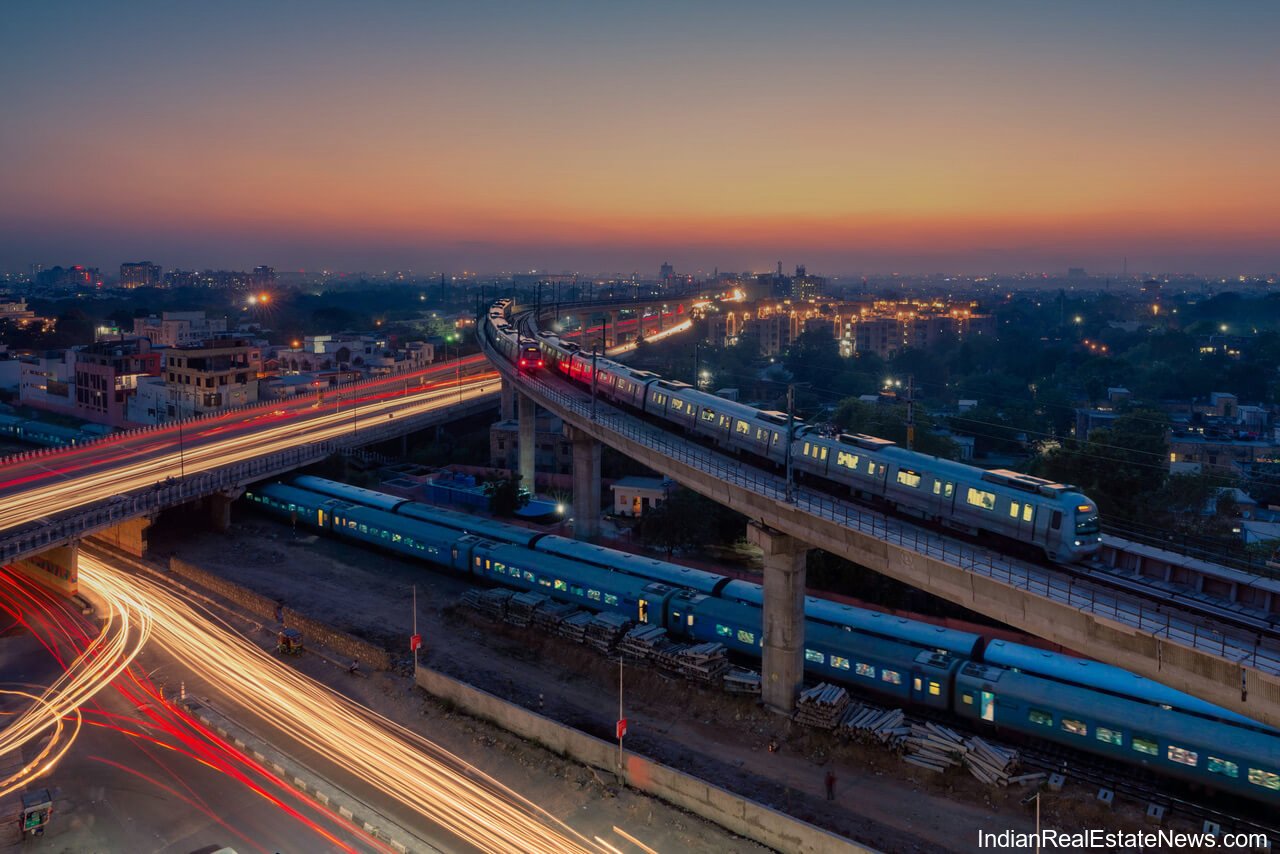Pune’s urban landscape is set for a transformative shift with the Union Cabinet’s approval of Phase-2 of the Pune Metro. This ambitious project, with an investment of ₹3,630 crore, promises to enhance connectivity across the city, bringing previously fringe areas into the urban fold. Let’s explore how this development is poised to be a game-changer for Pune’s real estate market.
Phase-2 Expansion: A New Era of Connectivity
The Phase-2 expansion includes two significant corridors: Corridor 2A (Vanaz to Chandani Chowk) and Corridor 2B (Ramwadi to Wagholi). Spanning 12.75 kilometers of elevated tracks, these corridors aim to integrate rapidly growing neighborhoods such as Bavdhan, Kothrud, and Wagholi into Pune’s urban fabric.
| Project Details | Specifications |
|---|---|
| Total Investment | ₹3,630 crore |
| Total Length | 12.75 kilometers |
| Key Corridors | Corridor 2A, Corridor 2B |
| Key Areas | Bavdhan, Kothrud, Wagholi |
Revitalizing Pune’s Outskirts
Once considered outer suburbs, areas like Wagholi are gaining traction among homebuyers due to improved connectivity. “Wagholi, for instance, was once viewed as an outer suburb, and is now rising fast on the radar of aspirational buyers,” says Sachin Bhandari, Executive Director & CEO, VTP Realty. The enhanced connectivity to areas like Kharadi and the eastern IT belt of Pune is transforming these locations into promising real estate hubs.
Impact on Residential and Commercial Markets
The metro expansion is not just about improved transport; it’s about redefining urban living. Bavdhan and Kothrud are expected to see a surge in residential demand as these areas become more accessible. Furthermore, the development of new commercial zones will likely create vibrant corridors of economic activity, boosting both residential and commercial real estate markets.
Rental Market Dynamics
With seamless travel options, professionals working in major IT hubs like Hinjewadi or Magarpatta are likely to explore living options further afield. This shift is expected to drive demand in the rental market, positioning metro-linked areas as high-yield assets. “Metro-linked areas also witness a parallel boost in the rental market,” notes Bhandari, highlighting the long-term investment potential of these corridors.
The Lifestyle Investment
Pune’s real estate growth is increasingly driven by buyers seeking more than just a home. They are investing in lifestyle, access, and community amenities. The metro expansion aligns with this demand for convenience and premium experiences within reachable distances. The promise of infrastructure advancements coupled with lifestyle benefits makes this expansion a defining moment for Pune’s urban transformation.
Q1: What are the key areas affected by Pune Metro Phase-2 expansion?
A1: The key areas affected by the Phase-2 expansion include Bavdhan, Kothrud, and Wagholi, which are expected to see enhanced connectivity and increased real estate demand.
Q2: How will the metro expansion impact Pune’s rental market?
A2: The expansion is expected to boost the rental market as improved connectivity attracts professionals working in IT hubs, leading to increased demand for rental properties.
Q3: What is the total investment in the Phase-2 expansion?
A3: The total investment for the Phase-2 expansion is ₹3,630 crore.
Q4: How will the expansion benefit commercial real estate?
A4: The development of new commercial zones along the metro corridors is expected to create vibrant areas of economic activity, boosting demand in the commercial real estate market.
Q5: Why is the metro expansion significant for Pune’s urban transformation?
A5: The metro expansion is significant as it not only improves connectivity but also aligns with the growing demand for lifestyle, access, and community, facilitating Pune’s next wave of urban transformation.
In conclusion, Pune’s Phase-2 Metro expansion is more than just an infrastructure project; it’s a catalyst for urban and real estate development, ensuring that Pune continues to move in the right direction towards a future of connected and sustainable living.
